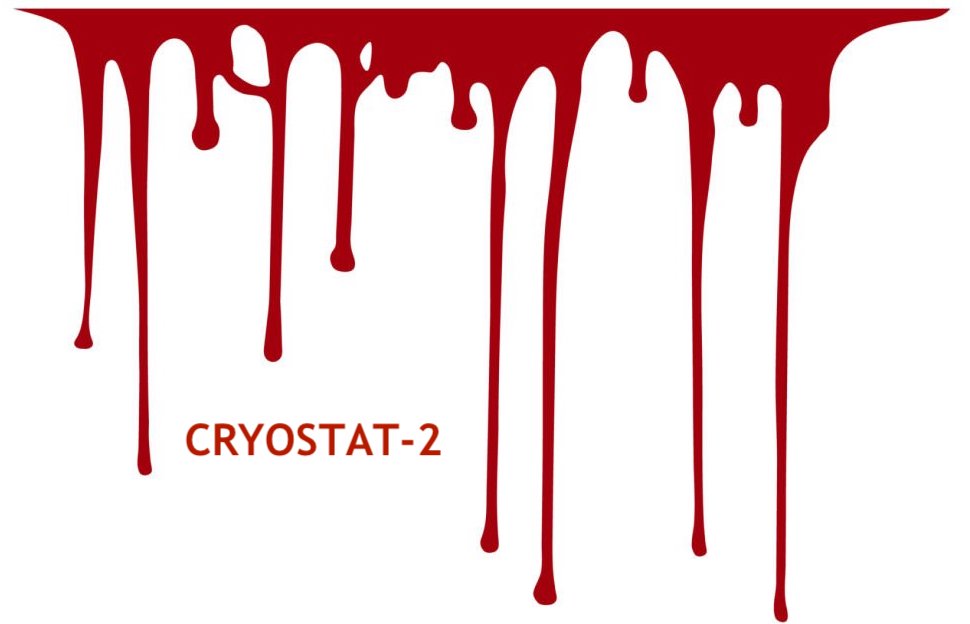Conclusion: Use of REBOA in exaguinating trauma patients in addition to standard care appears to increase mortality
- Previous research on REBOA for haemorrhaging trauma patients was limited to retrospective and prospective cohort studies and case series, so this was the first RCT examining this device
- This was a pragmatic, bayesian, randomised clinical trial conducted at 16 major trauma centres in the UK
- Patients >16 years with suspected or life-threatening torso haemorrhage that was deemed amenable to adjunctive treatment with REBOA as assessed by experienced clinicians were randomly allocated to receive REBOA (either zone 1 or zone 3) in addition to standard care, or standard care alone
- Patients with unsurvivable injuries or pregnancy were excluded
- REBOA was inserted in the ED by Emergency Physicians who were required to complete a training package to ensure technical competency with insertion
- The primary outcome was all cause mortality at 90 days
- Secondary outcomes included 3-hr and 6-hr mortality, death within 24 hrs, time to definitive haemorrhage control, requirement for definitive haemorrhage control procedure, and transfusion requirements
- The study target was to enrol 120 participants, however an independent data and safety monitoring committee suggested stopping at the 80 patient mark when pre-specified stopping rules for harm were met (although 90 patients had actually been recruited by this point)
- 90 patients patients were randomised (median age, 41 years [IQR, 31-59 years]; 62 [69%] were male; and the median Injury Severity Score was 41 [IQR, 29-50]) and 89 were included in the primary outcome analysis (1 participant declined to provide consent)
- 46 to REBOA (51%), 44 to standard care (49%)
- Groups were generally well matched in terms of baseline characteristics while the REBOA group had lower median SBP (84mmHg) compared with 99mmHg in standard care group
- 23% of all participants required CPR upon arrival to emergency department
- Results: 25 of 46 patients (54%) had experienced all-cause mortality in the REBOA group vs 18 of 43 patients (42%) in the standard care alone group (odds ratio [OR], 1.58 [95% credible interval, 0.72-3.52]; posterior probability of an OR >1 [indicating increased odds of death with REBOA], 86.9%)
- Among the 10 secondary outcomes, the ORs for mortality and the posterior probabilities of an OR greater than 1 for 6-month, in-hospital, and 24-, 6-, or 3-hour mortality were all increased in the REBOA and standard care group, and the ORs were increased with earlier mortality end point
- Strengths:
- First randomised controlled trial looking at REBOA vs standard care
- Near complete follow up (except 1 patient who withdrew consent) adds to internal validity
- Limitations:
- Physicians were unblinded (obviously), however this tends to naturally favour the treatment arm anyway
- Patients in the REBOA group may have been sicker (they had lower median prehospital and on-admission blood pressure, and a greater number of head injuries) however the adjusted analyses considered these imbalances and the result was unaltered
- Less than half the patients in the REBOA group actually had a REBOA device inserted and inflated
- Complications of REBOA (e.g. ischaemic limbs or gut, procedural complications) were not reported
Reference: Jansen JO, Hudson J, Cochran C, et al. Emergency Department Resuscitative Endovascular Balloon Occlusion of the Aorta in Trauma Patients With Exsanguinating Hemorrhage: The UK-REBOA Randomized Clinical Trial. JAMA. 2023 Nov 21;330(19):1862-1871.




